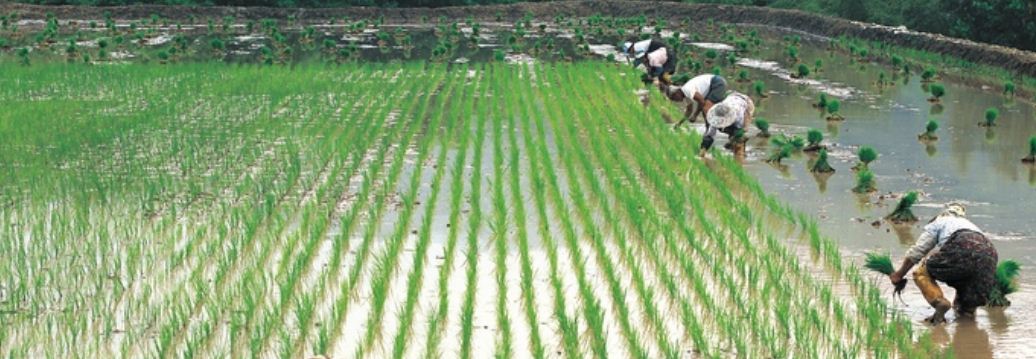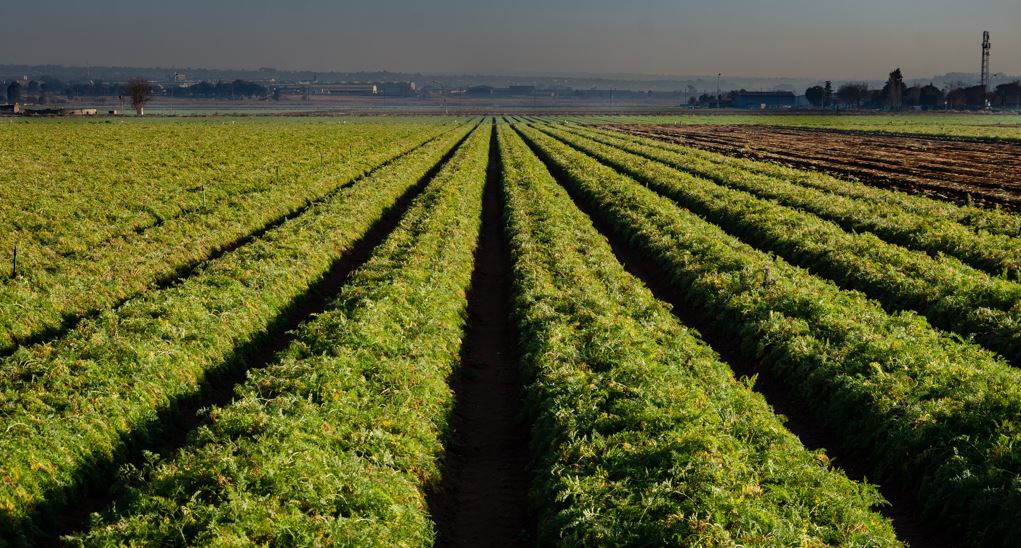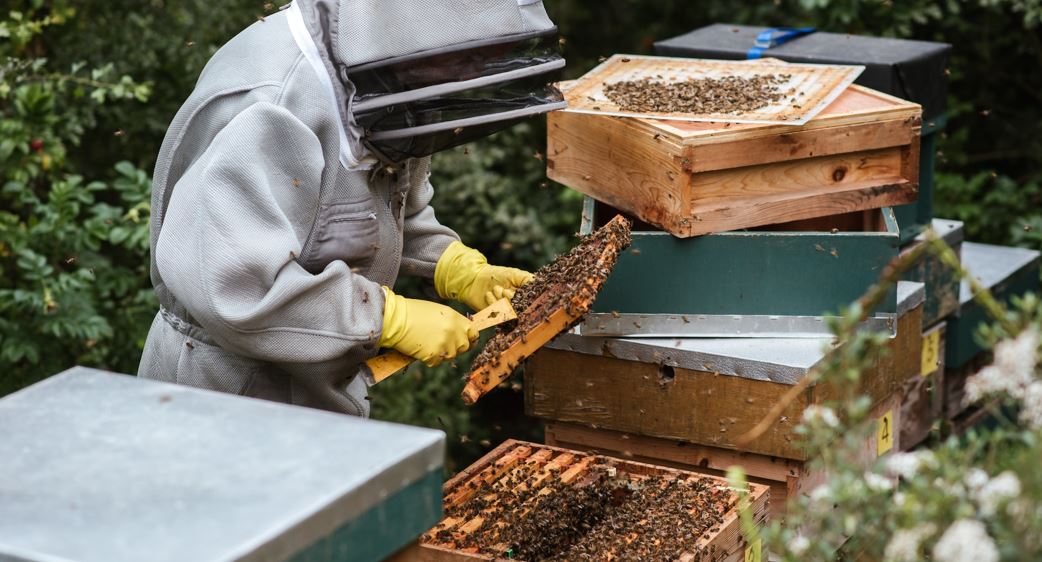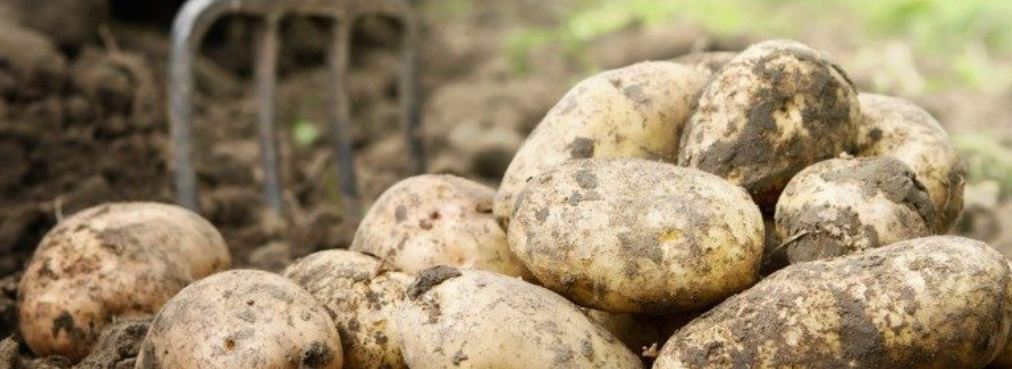Rice Farming and How to Start it

Rice farming has been one of the most established and profitable agricultural business that most young farmers and entrepreneurs venture into.
Do you know why? It is because rice is the most staple food crop all over the world so not only will it provide you with an avenue to make lots of profits, it can also provide you with a platform to export or import such goods to other parts of the world.
Rice farm originated 10,000 years ago from Eastern Asia. According to the initial solid evidence, it began from a 7000-year-old archeological site near the lower Yangtze village in the Zhejiang province of China.
Today, rice farming has spread all over the countries across the globe and is becoming one of the most lucrative import/export agricultural food products.
The nutritional and health benefits of this food have placed it on high demand, especially the local rice and the promising thing in this kind of business is that the rate of demand is always higher.
People may ask how much does rice farmers make? The answer is that rice farming can give high profit if you will never get tired of cultivating.
Research has shown that the 10 top rice-producing countries in the whole world are China, India, Burma, Vietnam, Bangladesh, Pakistan, Thailand, the Philippines, Cambodia, and Indonesia.
Notwithstanding, it does not imply that rice is not grown in other parts of the world. Rice doesn’t depend on the country it is planted to do well. The major thing about knowing how to start rice farming business and the steps involved.
Rice cultivation or farming requires simple but delicate steps, which if effectively put into practice, will help increase yield and profit.
1. Adequate Land Selection
Rice can be grown anywhere but does better in swampy and waterlogged regions. The choice of land you want to use for rice production matter a lot.
Areas which will cut down the cost of having an irrigation system are most preferable for rice farming business.
If you are venturing into rice production as a full-time business, it is advisable to get a land in an ecological zone where rice is grown well.
The land for this kind of farming business must be fertile with high water retention capacity; a swampy land that contains organic matters is considered adequately okay for rice farming.
2. Soil Type is a Factor
Soil plays a crucial role in rice establishment and production. The type of soil you have for rice cultivation will determine if the farm will have the amount of water needed for productivity.
Again, soil texture can affect the soil availability of water capacity that is the ability of the soil to retain water.
Other important things to look into while considering the soil type are the soil compaction and loss of organic matter as they can equally reduce the yield of the crop.
While considering swampy areas, also make sure the soil type is as well suitable for this kind of crop farming. Clay type of soil is considered the best.
3. Land Preparation
Land preparation is the practice of keeping the land to be used in its best physical condition ready for crop growth.
Prepare the land by cutting the grasses or weeding, leveling the ground, digging or tilling, mixing the soil and other activities that will make the land ready for cultivation.
The land can be prepared in any climate condition whether raining or dry season but just make sure it is ready for the next planting season.
4. Know the Right Time for Planting
Planting at the right time will increase the yield but it depends on how you chose to plant it.
Rice can be directly seeded or it can also be transplanted from a nursery, though the two methods are good, rice transplanting is still preferred because it reaches harvest more than seed planting. However, the seed spreading method is time-effective.
If you want to plant the seed directly on the already prepared land just wait till few days before the raining days.
Plant the rice seed in moist soil but if you are transplanting from a nursery, you will have to wait till after the first or second rain just to make sure the land is heavily flooded before transplanting.
The season considered best for rice cultivation is in May and June because of the maximum rainfall though it may depend on the variety in some cases.
5. Seed Quality
It is important to know that any farming process done with seed is a kind of “garbage in garbage out”. When you put it quality seeds you get quality yield but if you out it poor seeds reverse will be the case.
The quality of rice seeds you use has every tendency of improving productivity by 5 to 20%. Again reduce replanting rate, produce more uniform plant sand, reduce the seeding rate and increase early crop growth as well.
Good quality rice seeds are the varieties that are free of pathogens, weeds, seed-borne diseases, and others. It should also be a double variety with up to 80% germination tendency.
6. Crop Establishment or Planting
This is the process that hits the major topic in this article. If we keep on telling you other things to do without letting know how to put the crop in the soil, how then will the yield come?
There are two methods of creating your rice farm. They are the direct seeding method and transplanting method.
Direct Seeding
Direct seeding is a very simple process that does not waste time in plating. This method involves the spreading of dry rice seed or pre-germinated seeds by the use of hand directly onto the soil surface.
Get as much quantity as possible at a go and broadcast onto the soil, use plow, harrow or hoe to mix very well while the soil is still dry.
Seedlings can as well be broadcasted onto the soil by hand or planted using the agricultural machine in this method as well.
Transplanting is another method of rice planting. It involves transferring of pre-germinated seedbed to the wet field either by hand or using the machine. This method of planting is wasted time when compared to the first one and requires more labor.
The advantage of this method is that it serves as an actual method of weed control and requires fewer seeds.
7. Rice Farm Management
The challenges faced in rice production are the issue of weed and pest control and management.
Therefore, it is very important to know when to weed the farm either through using the necessary weeding implements of herbicide which helps to kill the weeds in order to make the rice grow well without much inconvenience.
8. Harvesting
One of the encouraging things about rice is that it doesn’t take a long time to mature then you enjoy the harvest. Harvesting of rice is usually done around November-December.
Harvesting involves the process of collecting mature rice crops from the farm site for storage and sales.
However, some varieties take years or longer months. In general terms, rice takes just a few months (between 3 – 5 months) i.e. 105 to 150 days after establishing the crop to mature.
When harvesting makes sure that the flooded water on the farm is “properly drained”, not totally drained to enable effective harvesting.
Annual harvesting of rice in the process of cutting rice crops by hand with simple farm tools such as knives and sickles. Manual harvesting is cost-effective but time-consuming and requires additional labor.
Mechanical rice harvesting is the use of farm machinery to collect the mature rice crops. This method is time-effective but costly because here, you have to take into consideration the cost or availability of harvester (farm machinery to be used).
After harvesting, it is subjected to other processes before it can be sold in the market.
9. Drying
The next process after you harvested your rice is drying. Drying is an important process that can never be neglected because it involves the processes of reducing the moisture quantity in the grain to keep safe for storage.
Harvested rice grains that don’t undergo drying are as good as nothing because it can’t be stored. Therefore, drying is said to be the most critical operation because it can lead to reduced grain quality and total loss if neglected.
Spread harvested grains under the sun for at least 24 hours to get dried. Keep an eye while trying to make sure that is undergoing the process properly.
10. Milling
Another post-harvest step and post-production process that is involved in rice farming. Milling comprises one or two-step process or multi-stage processes depending on the market requirement.
Generally, rice grains are milled to remove rice husk and bran layers entirely and produce edible grains.
Most of the rice varieties have the rice hull approximated at 20%, bran layers of 11% and starchy endosperm of 69%
The commercial milling process is completed with commercial milling machines combining a number of operations that produce better quality and higher yield of white rice from paddy or rough coverings.
11. Storage
Rice storage is another step that should not be overlooked. It is a process that generally combines protecting the grains from pests such as insects, rodents and microorganisms. Again, it is stored to reduce the loss of grains to weather conditions.
It can be stored in paddy form or after milling. Paddy form because the husk can help in protecting them against insect attacks but storing after milling is not too bad either.
There are different storage facilities available for rice grains which depend on the quantity, store location, purpose of storage and storage duration.
Some of the simple storage techniques that are used include wood pallets, storage rooms (quantity is considered here), sacks, abaca twine, containers, and others.
Why should I go for healthy rice seed?
If the rice seed used for planting is healthy enough, it will provide healthier and tastier seeds which will not only help improve sales but brings more money into your account.
Rice farming business is very lucrative as it brings a massive return on investment and as well serves as a source of self-employment. Reading through this article carefully will give you a clear understanding of the true worth of commercial rice farming.




